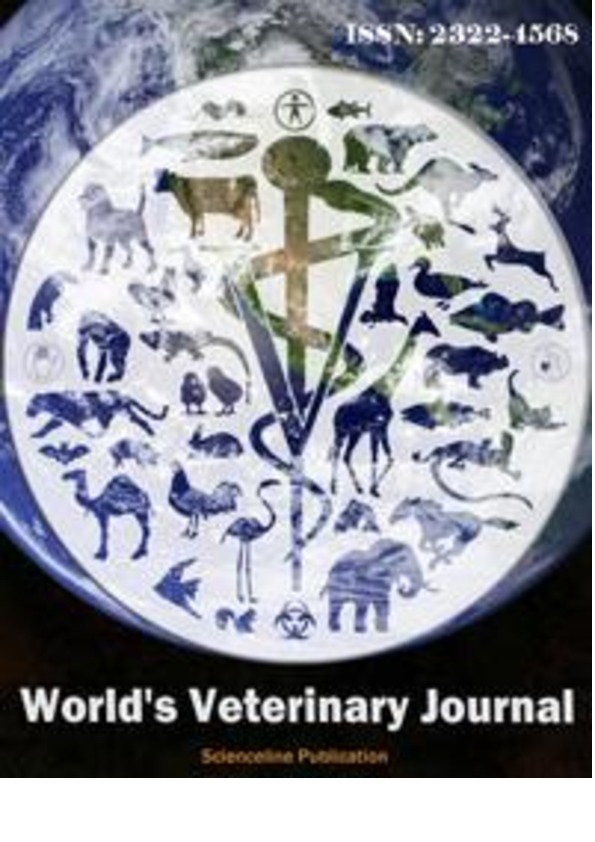id: 35299
Title: Hematological and Biochemical Parameters of Macropod Progressive Periodontal Disease in Wild Western Gray Kangaroos
Authors: Zhelavskyi M., Kernychnyi S., Betlinska T.
Keywords: Macropod Progressive Periodontal Disease, Macropus fuliginosus, Hematological and Biochemical parameters
Date of publication: 2024-03-07 10:20:36
Last changes: 2024-03-07 10:20:36
Year of publication: 2023
Summary: Macropod progressive periodontal disease (MPPD), known as Lumpy Jaw, poses a persistent and potentially fatal threat in Western gray kangaroos when they are kept in captivity. Such a condition leads to the development of osteomyelitis and sepsis in Western gray kangaroos (Macropus fuliginosus). This case study presented the inaugural examination of hematological and biochemical aspects of MPPD with a progression toward sepsis in a captive environment. The primary objective of this research was to pinpoint hematological and biochemical indicators associated with severe MPPD in a Western gray kangaroo held in captivity. The study employed various methods, including clinical, radiographical, hematological, and biochemical analyses, as well as microbiological study methods. The case was a 2.5-year-old male wild Western gray kangaroo with fever (39.7 °C), dehydration, dyspnea, tachycardia, and involuntary jaw clenching due to stress and agitation. The kangaroo had a history of lethargy, anorexia, swelling of the soft tissues of the lower jaw on the left side, and tenderness during palpation. A radiograph of the head revealed mandible proliferative lesions. The hematological and biochemical examinations indicated an increase in the total count of leucocytes, level of neutrophils, number of erythrocytes, hematocrit level, and lymphopenia. Increased activity of alkaline phosphatase, amylase, and creatinine elevated azotemia. There was a decrease in the content of albumin, glucose, and total bilirubin. The bacteria, consisting of Fusobacteriaceae spp., Porphyromonadaceae spp., and Bacteroidaceae spp., were found and identified in all samples. However, this comprehensive diagnosis of MPPD based on clinical signs, radiography, and especially hematological and biochemical parameters of the septic process can be helpful in diagnosis and treatment.
URI: http://repository.vsau.org/repository/getfile.php/35299.pdf
Publication type: Статті Scopus
Publication: World`s Veterinary Journal. 2023. Vol. 13, Issue 4. P. 630-635. URL: https://wvj.science-line.com/attachments/article/79/WVJ13(4),630-635,December25,2023.pdf DOI: https://dx.doi.org/10.54203/scil.2023.wvj68
In the collections :
Published by: Адміністратор
File : 35299.pdf Size : 2572954 byte Format : Adobe PDF Access : For all

| |
|
|